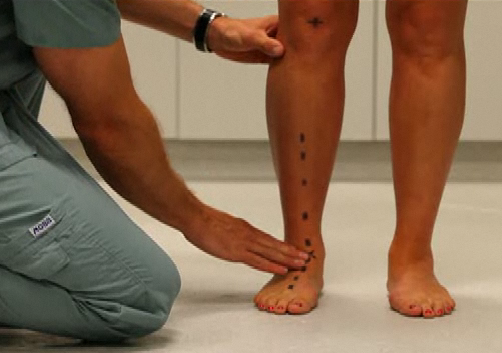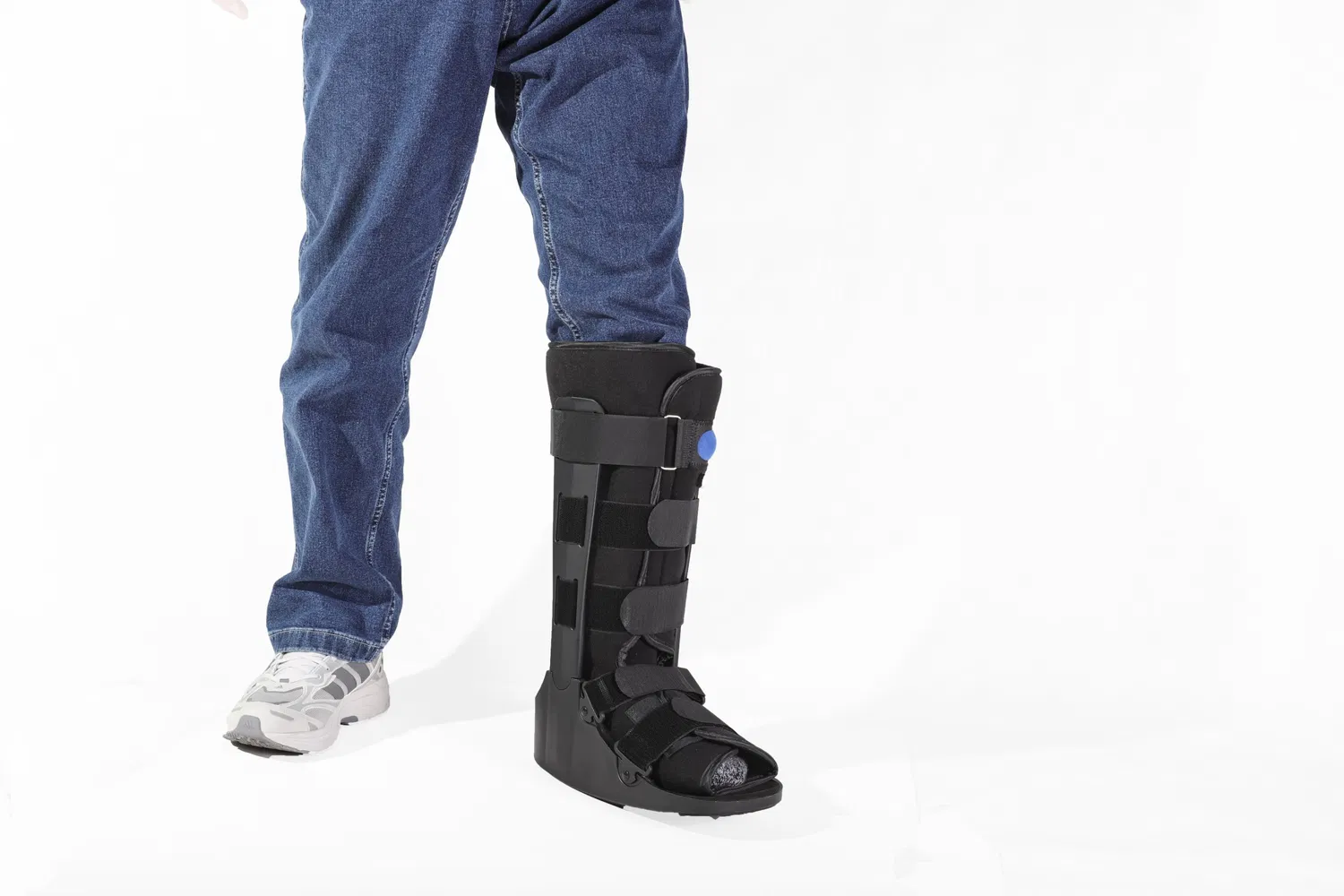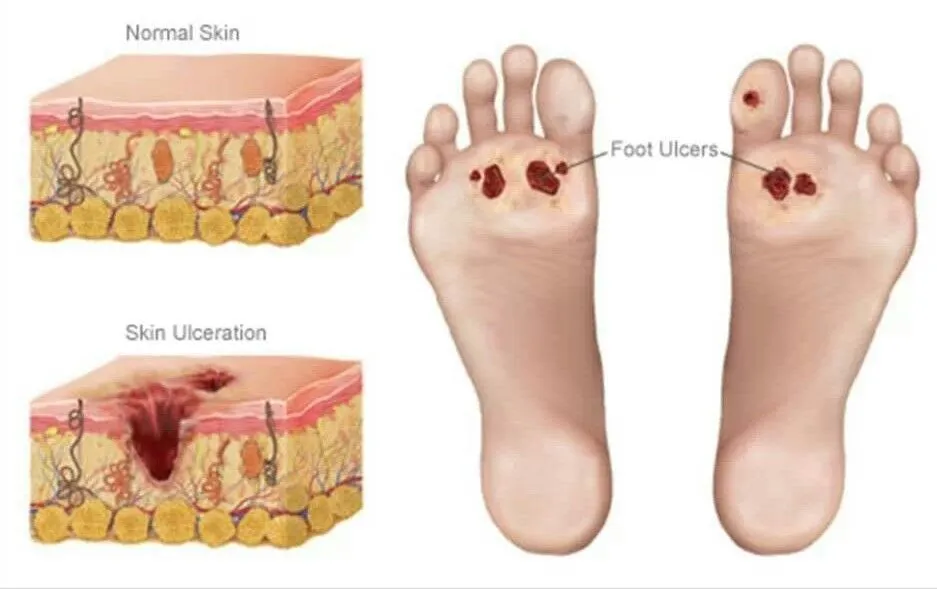It is essential for diabetic patients to pay proper attention to their feet as problems may occur as a result of either circulation or nerve changes. Here are some foot complications that diabetic patients may encounter and some possible treatment options that are available by your chiropodist.

Mild Foot Concerns
Daily monitoring and preventative care for normally mild foot concerns such as callus, corns, or ingrown toenails are imperative for a patient with diabetes. This preventative care is important because a combination of neural and vascular changes may result in wounds (diabetic foot ulcers) or spreading infection.
Diabetic Foot Ulcers
Diabetic foot ulcers are open wounds caused due to circulation problems, lack of sensation, or pressure. Management of such ulcers involves evaluation, debridement, and appropriate dressings, deflective padding and offloading devices. In some cases, orthotics may be necessary.
Any of the above conditions, if left untreated, may result in serious complications requiring more aggressive therapies and hospitalization. Get proper professional foot care from a chiropodist in order to prevent such problems. This allows you to put your best foot forward.
If you have questions, please call and speak with our staff.
Wound Offloading and Assistive Devices
In order to achieve closure of a diabetic foot ulcer, three objections must be accomplished.


We offer assessment and management of all the healing factors for a diabetic wound from vascular assessments, infection management through the prescription of oral or topical antibiotics, dressing management and sharp debridement (callous and necrotic tissue removal), and a complete array of offloading options.
Offloading a wound can be as simple as wearing a pair of orthopedic footwear, DARCO offloading shoes and pneumatic Air-Casts.
